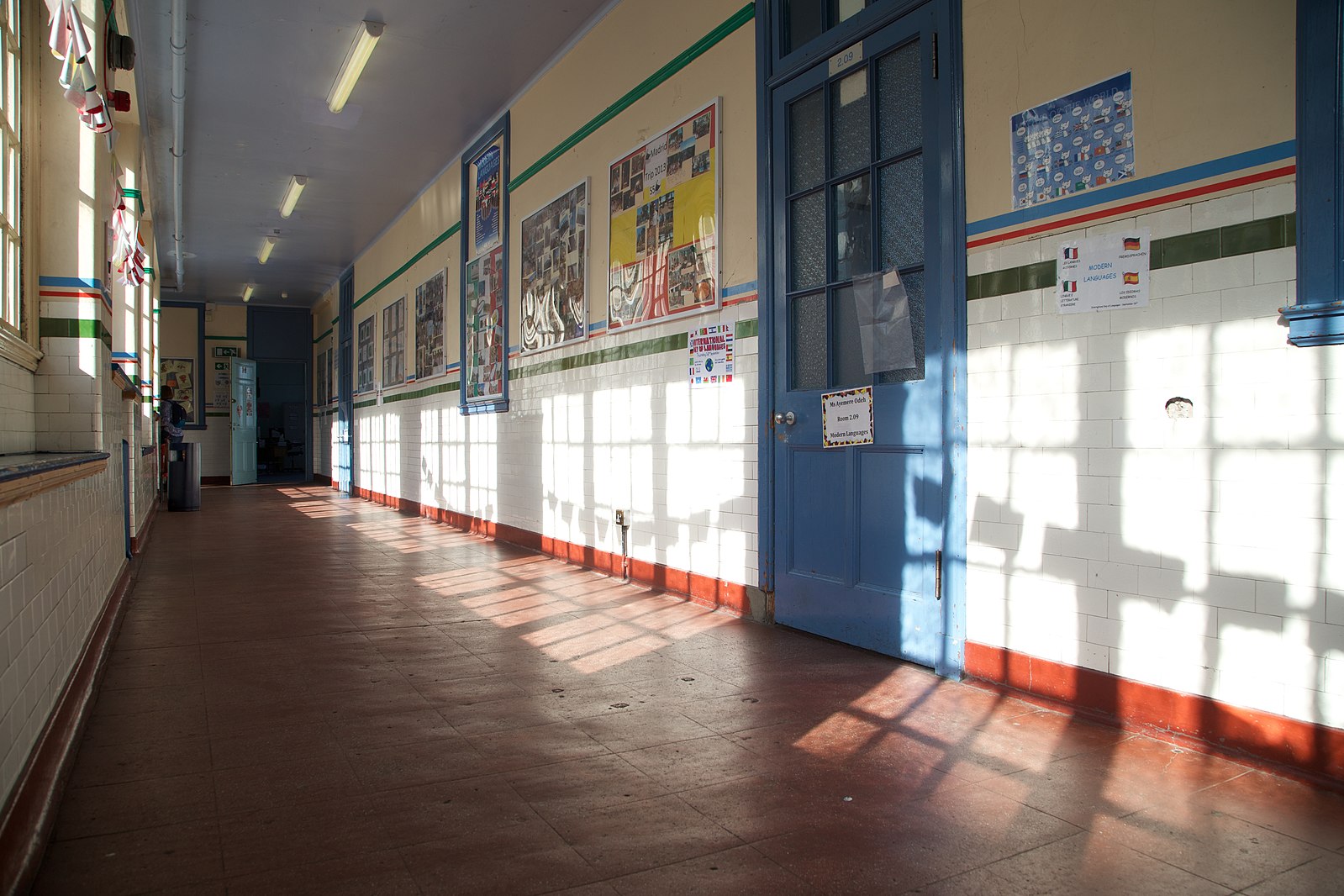Mae'r cynnwys hwn ar gael yn Saesneg yn unig.
Those of us in WISERD engaged in education research have real worries about the impact of the Coronavirus on the welfare and progress of children and young people. Some are rightly concerned about the impact on young people’s physical and mental health. But here we want to concentrate on the potential effect of the response to the virus on educational inequalities.
The response to the virus has entailed two major interventions that are likely to severely disadvantage the most disadvantaged: the closure of schools and the replacement of formal examinations with teacher assessments. In this blog we look at the closure of schools.
It has long been recognised that the closure of schools for two or three months during the summer has implications for the welfare and progress of children and young people. These implications are likely to be magnified in the current circumstances where schools could be closed for at least five months.
In a review of international research on this issue, Campbell et al (2015) focus on two main aspects: the financial cost and learning loss. The financial costs of keeping children at home are disproportionately high for poorer parents in that they are unable to afford the kinds of activities and trips that other parents can. While it might be argued that the exhortation to ‘stay at home’ in order to avoid the spread of the Coronavirus affects all children equally, there is little doubt the poorest children will be cooped up in accommodation (even bedsits) that provide limited opportunity to participate in pleasurable and enriching activities.
Moreover, there is plenty of evidence that the poorest children experience significant ‘holiday hunger’. Those who are eligible for free school meals are still entitled to a meal during term-time. In Wales, children are receiving food parcels, vouchers or money to cover the cost of a school meal. A recent briefing from the Bevan Foundation explores the impact of COVID-19 on free school meals provision and the different approaches taken by local authorities across Wales. In addition to the challenges of keeping children occupied and child welfare, the burden of childcare is more difficult for poor parents, and especially single-parent families.
In addition to the financial burden of keeping children at home, there is evidence that there is a significant learning loss for disadvantaged children (Alexander et al. 2007). The reasons for this are complex, but will reflect the fact that the more advantaged children will have superior learning resources in the home and more highly educated parents who will invest significant time and effort in maintaining and advancing the education of their children. It is not only that poor children do not progress as much as their more advantaged peers, they actually regress in learning, probably as a result of boredom, inactivity and isolation.
Of course, schools are doing their best to support their students’ learning at home. However, on the basis of a number of projects we have undertaken, we know that the level and quality of support will be variable, and taken up differentially. In short, it looks likely that the attainment gap that the Welsh Government has been working so hard to reduce will grow over the next year.
Image credit: Wikimedia Commons
References
Alexander, K.L., Entwisle, D.R. and Olson, L.S. (2007) Lasting Consequences of the Summer Learning Gap. American Sociological Review, 72(2), 167-180
Campbell, M., Watson, N., & Watters, N. (2015). The Cost of School Holidays. Edinburgh: What Works Scotland. https://eprints.gla.ac.uk/122643/1/122643.pdf

